Surface 2: Could it be second time lucky for Microsoft's tablet ambitions?
Microsoft's tablet strategy has come under fire at every turn, but could it still turn things around? Caroline Donnelly ponders.
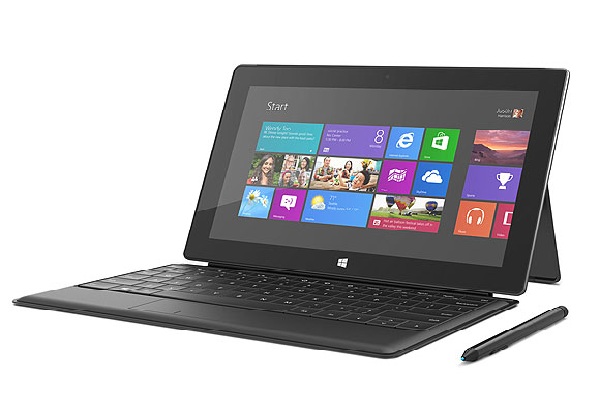
Microsoft's battle to court tablet buyers with its Surface line of devices has been interesting to watch, with its pricing and go-to-market strategy leaving many observers bemused.
The software giant was first criticised for launching the range in October 2012 with the Surface RT, an ARM-based tablet that can only run a limited array of apps and doesn't feature the full-blown Windows 8 OS.
If we've learnt anything from the BlackBerry Playbook and HP TouchPad debacles, PC buyers will only pay top whack for one type of tablet and that's the iPad.
Microsoft proffered the more business-focused, x86-based Surface Pro as an alternative, but it took ages to be released. And, when it finally went on sale in February 2013, it came with an eye-watering 700-plus price tag.
The pricing strategy saw Microsoft asking users to cough up 400 for the 32GB of the Surface RT or 479 for the 64GB version and perhaps unsurprisingly - prompted calls for the vendor to slash the cost or face becoming another tablet market also ran.
Companies intent on deploying the devices were also forced to shun their incumbent B2B IT suppliers, as the Surface was only available to buy directly from Microsoft or from John Lewis and PC World.
This limited distribution strategy has been widely criticised by the firm's tranche of reseller partners, who have helped the firm rake in billions of dollars in software sales over the years.
It was even cited by Microsoft CEO Steve Ballmer as one of the reasons why Surface sales had failed to set the world alight during its first few months on the market.
Sign up today and you will receive a free copy of our Future Focus 2025 report - the leading guidance on AI, cybersecurity and other IT challenges as per 700+ senior executives
Sadly, the situation didn't improve in the months that followed, with Microsoft having to stomach a $900 million write down on its unsold Surface RT inventory back in July.
To its credit, Microsoft has sought to address both these areas in recent weeks, by cutting the price of the Surface RT in the UK and the Surface Pro in other markets. It also set out plans last week to open up its Surface distribution channel to a wide array of B2B suppliers.
But that hasn't stopped the firm coming under fire for the time it took to act on both these issues, given that the analyst community has been airing its misgivings about the firm's Surface pricing and distribution strategy since its launch.
Question time
It's unlikely that an answer to this will be forthcoming from the guys and gals at Redmond anytime soon, but I've got my own theories about the rationale behind Microsoft's Surface strategy.
Many of these hinge on the fact that PC making isn't something Microsoft has done before, having traditionally leant on its OEM partners such as Dell, HP, Lenovo to provide the hardware needed to run its Windows operating system and Office productivity suite on.
Perhaps Microsoft underestimated how much of a challenge going it alone in the tablet space would be. This might go some way to explaining why the release of the Surface RT and Pro was staggered across the globe, and why the firm has kept such a tight rein on its distribution.
During an interview with IT Pro back in July, Microsoft waxed lyrical about the Ultrabook-like pretentions of the Surface Pro, in response to a question about where it was coming from with the pricing for it.
And whilst Microsoft may have been tipping it as an Ultrabook challenger, all the public sees is a tablet and thanks to the 700-plus asking price a pretty expensive one at that.
As for the Surface RT, if we've learnt anything from the BlackBerry Playbook and HP TouchPad debacles of recent years, PC buyers are only prepared to pay top whack for one type of tablet and that seems to be the iPad.
Microsoft has already heavily hinted that refreshed versions of the Surface RT and Pro are likely to be released next year, which might come as a surprise to some, given the grief it's had with its first generation of devices.
Hopefully, by the time the next set of devices drop, the firm will have taken stock of the criticism its first foray into the tablet market has garnered and tweak its go-to-market strategy accordingly.
Especially as much of the groundwork for their launch will have already have been done, particularly where its distribution network is concerned.
If it can get the pricing of the devices to be a little more agreeable, Microsoft might finally have a true iPad challenger on its hands.
-
 Trump's AI executive order could leave US in a 'regulatory vacuum'
Trump's AI executive order could leave US in a 'regulatory vacuum'News Citing a "patchwork of 50 different regulatory regimes" and "ideological bias", President Trump wants rules to be set at a federal level
-
 TPUs: Google's home advantage
TPUs: Google's home advantageITPro Podcast How does TPU v7 stack up against Nvidia's latest chips – and can Google scale AI using only its own supply?
-
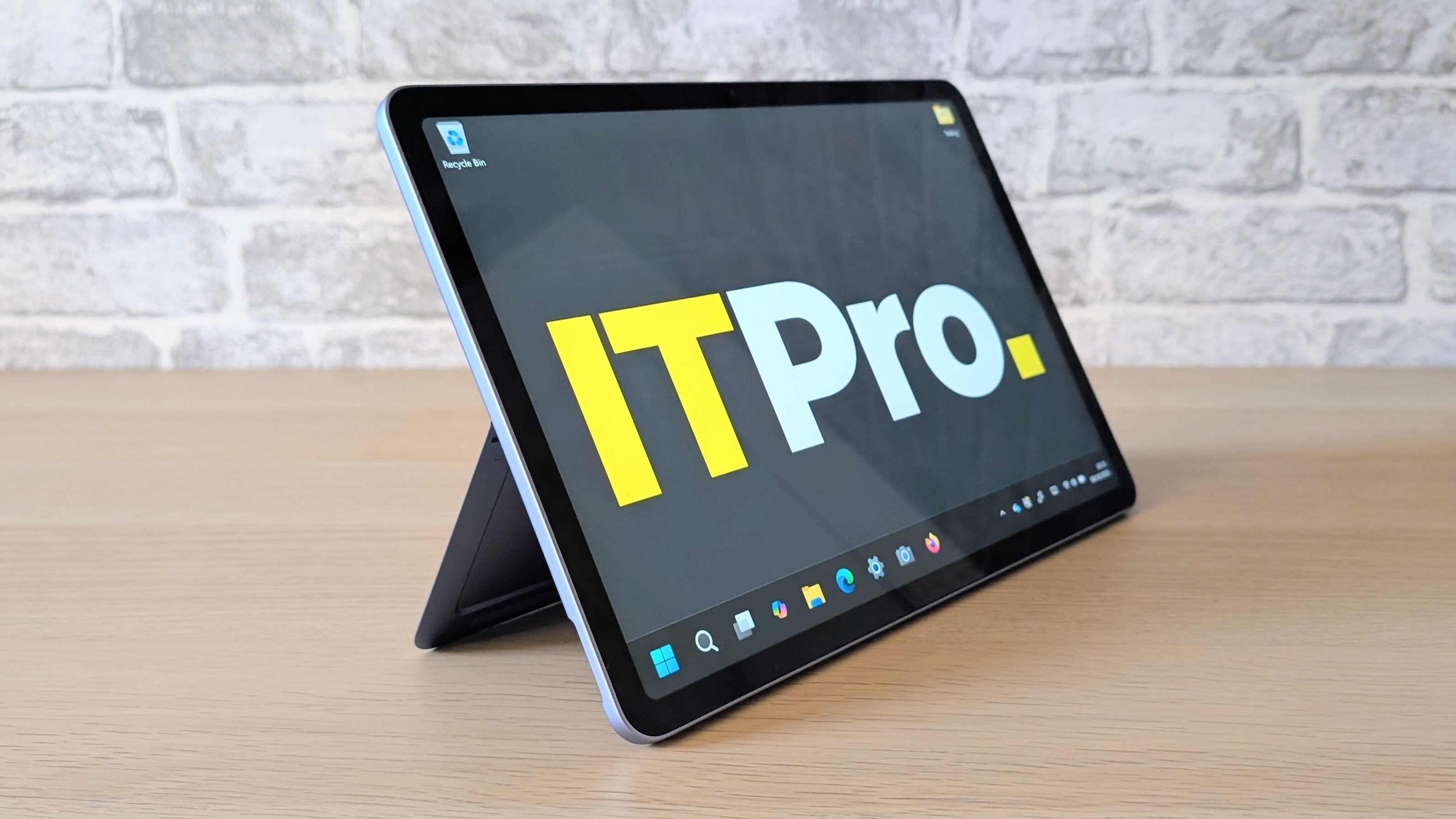 The Microsoft Surface Pro 12in is painfully expensive with keyboard and pen – but it's a tremendously versatile Windows device
The Microsoft Surface Pro 12in is painfully expensive with keyboard and pen – but it's a tremendously versatile Windows deviceReviews The newest Surface Pro tablet is compact, light, powerful, and good value (on its own)
-
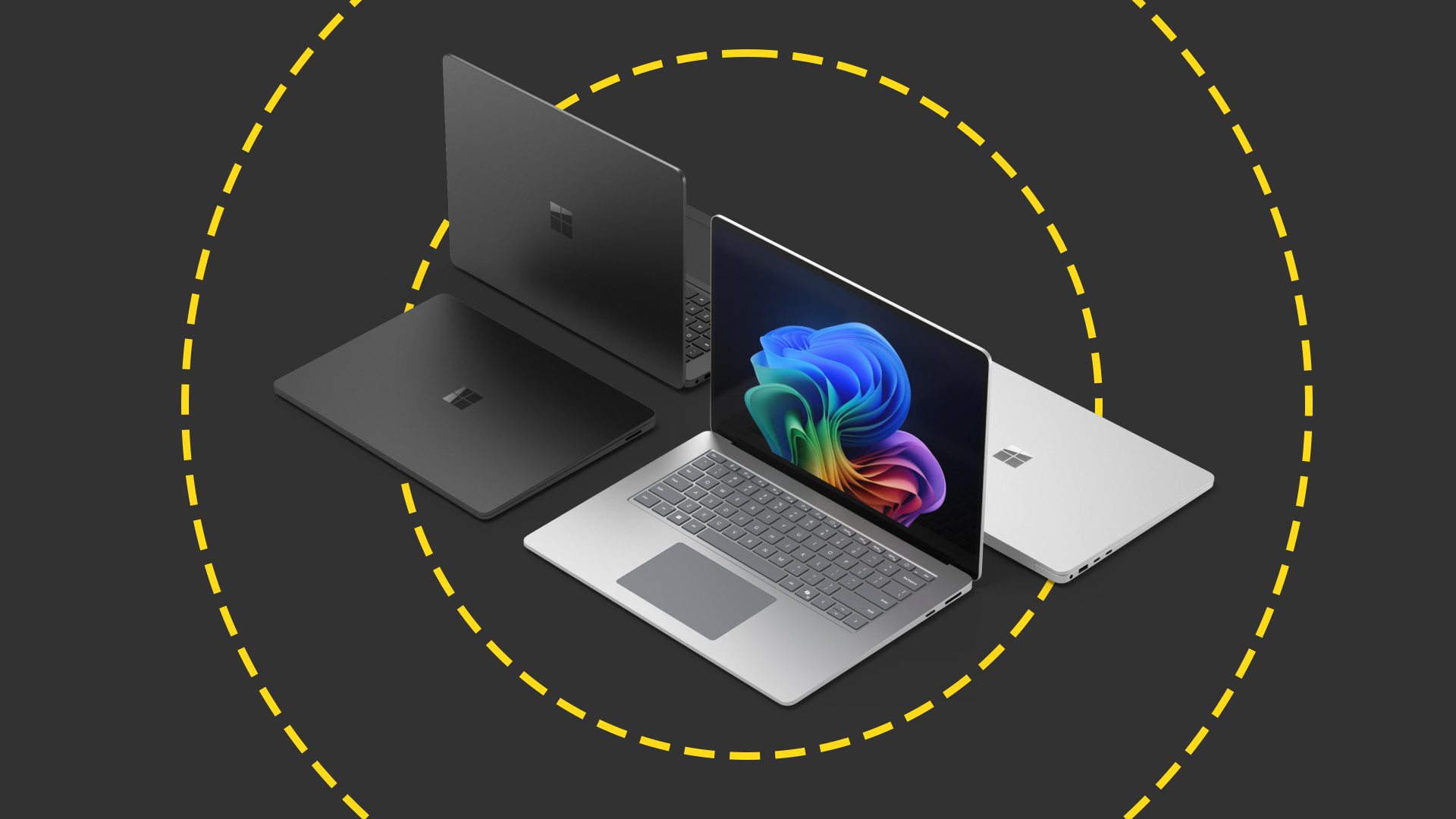 Microsoft targets enterprises with new Intel-powered Surface devices – but they come with a hefty price tag
Microsoft targets enterprises with new Intel-powered Surface devices – but they come with a hefty price tagNews Microsoft has unveiled the launch of the new Surface Pro 11 and Surface 7 laptop devices with Intel chips.
-
 Microsoft Surface Pro 11 review: Microsoft's cool convertible has found its moment
Microsoft Surface Pro 11 review: Microsoft's cool convertible has found its momentReviews The Surface Pro has long had its design and usability in shape, but now it has the internal hardware to match – the result is a fantastic ultraportable PC
-
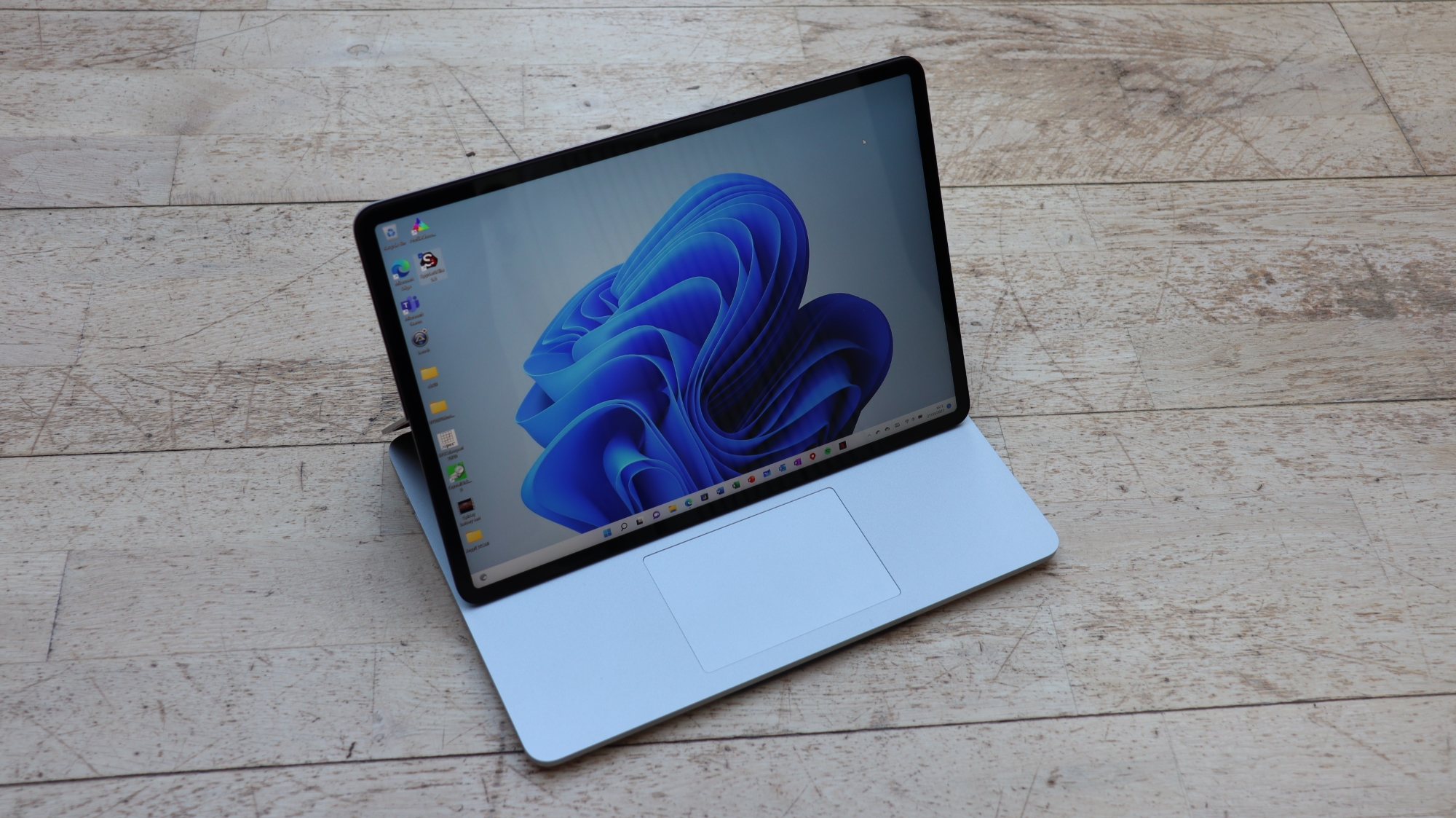
 Microsoft Surface Laptop Studio review: The multi-function notebook comes of age
Microsoft Surface Laptop Studio review: The multi-function notebook comes of ageReviews A notebook, a presentation system and a tablet, all rolled into one
-
 Microsoft Surface Pro 8 for Business review: Surprisingly snappy
Microsoft Surface Pro 8 for Business review: Surprisingly snappyReviews A substantial upgrade over the Surface Pro 7 and 7+, but quality like this doesn’t come cheap. See if this device is for you in our Surface Pro review
-
 Microsoft Surface Pro 7+ review: More minus than plus
Microsoft Surface Pro 7+ review: More minus than plusReviews This mid-generation upgrade takes two steps forward and one step back
-
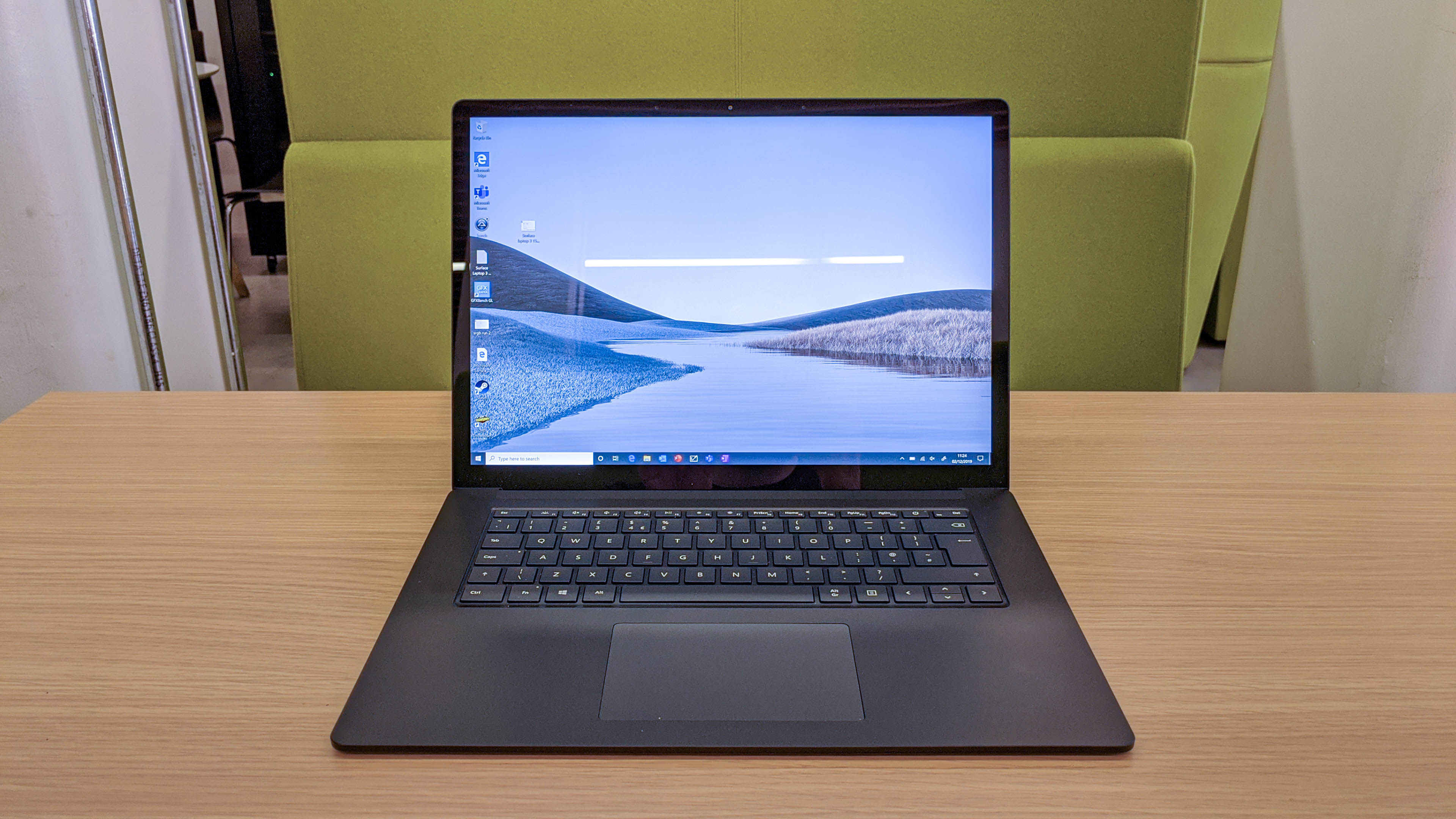 Microsoft Surface Laptop 3 15in review: Ryzen falls
Microsoft Surface Laptop 3 15in review: Ryzen fallsReviews The new, embiggened version of Microsoft’s ultraportable is slickly designed, but falls behind the 13.5in model in multiple metrics
-

 Microsoft Surface Pro 7 review: Slightly faded glory
Microsoft Surface Pro 7 review: Slightly faded gloryReviews The newest Surface Pro is great - just not as great as it used to be